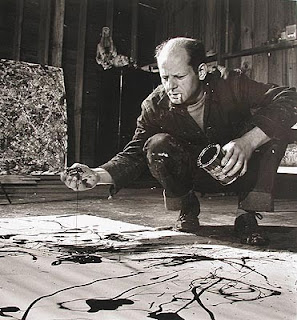Burton Custom X snowboard
In 1965 the first “snowboard” was designed by Sherman Poppen, called the “Snurfer.” Jake Burton Carpenter later redesigned the “Snurfer” into the modern day snowboard in the 1970s. As time went on boards progressed boards began to be made out of fiberglass, with metal edges and high-backed boot and binding systems for extra control and comforts, which then evolved, into the high-tech materials used today. The best thing about snowboards is the variety of colors and wild graphic designs that come on the board. From crazy arrays of lines, organized pictures, swirls, cartoons and so much more. Snowboard are bright, embrace color and new attitudes of design. They break away from the traditional and are a wave, creating the future. Whether you are a 10-year-old boy or 20-year-old girl I guarantee that when you go out and search for that snowboard of your dreams you will find something or many something’s that suit your interest. With popular brands such as Burton and ROME SDS come creative, innovative designs that “pack a punch.” With the growth of the sport over the last 20 years has also come a growth in popularity of becoming a snowboard graphic designer. There are even competitions around the world exclusively based on snowboard design. The designs of the boards are not only inspiration but also lend motivation and empower the riders riding them.
[Photos from: http://www.coolershaker.com/wp-content/uploads/2009/05/snowboard_evolution.jpg, http://www.ltcconline.net/wallace/LTCC%20Snow%20Riders%20Club/snurfer%20ad.jpg, http://images.google.com/imgres?imgurl=http://snowboardreviews.com/wp-content/uploads/2008/08/burt-custom-x-2009.jpg&imgrefurl=http://snowboardreviews.com/burton-custom-x-2009/&usg=__l7wFzYqjQdj_oObl92K9UXEkDQY=&h=300&w=254&sz=12&hl=en&start=15&um=1&tbnid=p1r-tgiAyXWZGM:&tbnh=116&tbnw=98&prev=/images%3Fq%3Dburton%2Bsnowboard%2B2009%26hl%3Den%26sa%3DG%26um%3D1]


























